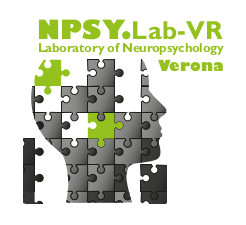Authors
Abstract
Introduction: Cross-modal interactions improve the processing of external stimuli, particularly when an isolated sensory modality is impaired. When information from different modalities is integrated, object recognition is facilitated probably as a result of bottom-up and top-down processes. The aim of this study was to investigate the potential effects of cross-modal stimulation in a case of simultanagnosia. Method: We report a detailed analysis of clinical symptoms and an 18F-fluorodeoxyglucose (FDG) brain positron emission tomography/computed tomography (PET/CT) study of a patient affected by Balint’s syndrome, a rare and invasive visual–spatial disorder following bilateral parieto-occipital lesions. An experiment was conducted to investigate the effects of visual and nonvisual cues on performance in tasks involving the recognition of overlapping pictures. Four modalities of sensory cues were used: visual, tactile, olfactory, and auditory. Results: Data from neuropsychological tests showed the presence of ocular apraxia, optic ataxia, and simultanagnosia. The results of the experiment indicate a positive effect of the cues on the recognition of overlapping pictures, not only in the identification of the congruent valid-cued stimulus (target) but also in the identification of the other, noncued stimuli. All the sensory modalities analyzed (except the auditory stimulus) were efficacious in terms of increasing visual recognition. Conclusions: Cross-modal integration improved the patient’s ability to recognize overlapping figures. However, while in the visual unimodal modality both bottom-up (priming, familiarity effect, disengagement of attention) and top-down processes (mental representation and short-term memory, the endogenous orientation of attention) are involved, in the cross-modal integration it is semantic representations that mainly activate visual recognition processes. These results are potentially useful for the design of rehabilitation training for attentional and visual–perceptual deficits.
